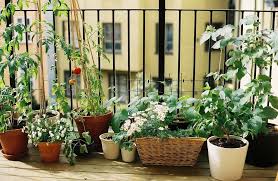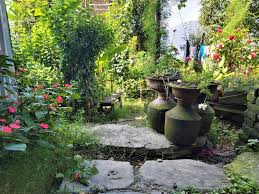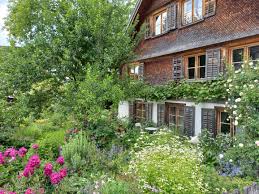
Balcony Gardens
Permaculture balcony gardens thrive on sustainability, biodiversity, and efficiency. Start with thoughtful design, maximizing space and sunlight while considering water management and microclimates. Choose native and edible plants that complement each other, promoting natural pest control and nutrient cycling. Implement permaculture principles like companion planting and polyculture to create resilient ecosystems. Incorporate recycled materials and composting to minimize waste and nurture soil health. Regular observation and adaptation are key, as balcony conditions can vary. Cultivate a sense of community by sharing surplus produce and knowledge with neighbors, fostering connections and inspiring others to embrace sustainable living. - written by ChatGPT

Small Gardens
In a small garden, efficient space utilization is paramount. Opt for versatile plants that offer multiple benefits like herbs for cooking and flowers for aesthetics. Consider vertical gardening to maximize space, utilizing walls or trellises. Focus on soil health by using compost and mulch to retain moisture and nutrients in limited space. Choose dwarf or compact varieties of plants to fit well in smaller areas. Regular maintenance, including watering and pruning, is essential for healthy growth. Create focal points and pathways to visually expand the space. Lastly, prioritize sustainability by practicing water conservation and avoiding chemical pesticides for a thriving, eco-friendly garden. - written by ChatGPT

Farmhouse Gardens
In a farmhouse garden, blend practicality with aesthetics. Design functional zones for growing vegetables, fruits, and herbs alongside areas for relaxation and enjoyment. Embrace a mix of native and ornamental plants to attract beneficial wildlife and create a picturesque landscape. Prioritize soil quality through regular testing and amendment, ensuring optimal conditions for plant growth. Incorporate sustainable practices such as rainwater harvesting and organic gardening methods to maintain environmental harmony. Foster a sense of community by sharing surplus produce with neighbors or hosting gatherings amidst the beauty of the garden. Ultimately, cultivate a space that reflects the essence of rural living and provides both sustenance and serenity. - written by ChatGPT